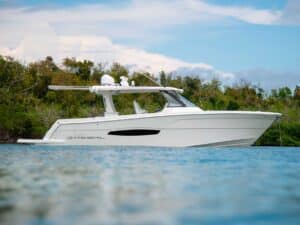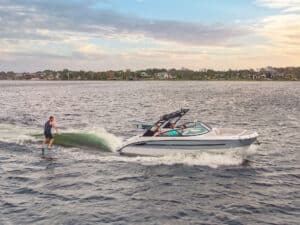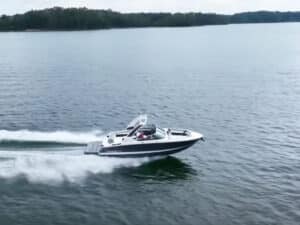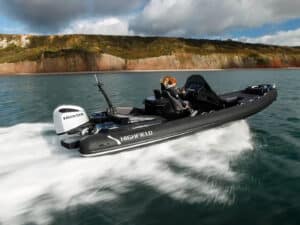For all the romanticism of the deep blue sea, for many boaters it’s the Intracoastal Waterway (ICW) that just may offer the best bang for the buck. A protected route that extends nearly the entire Eastern Seaboard, around the Florida Peninsula and all the way to Brownsville, Texas, the ICW strings together a collection of natural waterways, with the occasional man-made canal to offer a safer alternative to navigating the open ocean. In the process, it also takes boaters to some of the most accessible, picturesque waters along a significant chunk of the US coastline, from the tranquil bays, inlets and rivers of its more secluded sections to the increased activity of waterside cities and towns like bustling Norfolk, Virginia, quaint Beaufort, South Carolina, or upscale Fort Lauderdale, Florida.
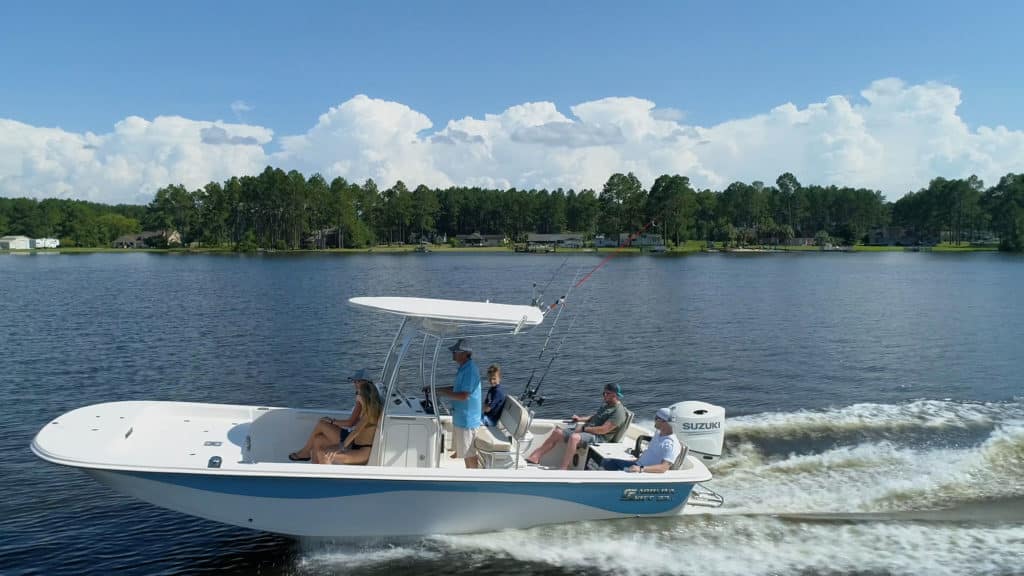
While many a transient boater has relied upon the Intracoastal to get from point A to point B, it’s the waterway’s local boaters who typically get the full enjoyment of what individual areas have to offer. A seemingly endless list of launch ramps found along its 3,000-mile length offers easy access to trailer boaters. Waterside homes, from shacks to mansions, put the ICW just a dock’s walk away. And then there’s the restaurants. The ICW is home to some of the best boat-up restaurants to be found, places with dock space at the ready, plenty of cold drinks, and a catch of the day to enjoy with family and friends.
The ICW also offers access to lesser-trafficked coastal flats, adjoining rivers, backcountry creeks and still, quiet bays just begging to be explored beyond the well-traveled paths of its marked channel. Looking for a more intimate experience with nature? Cruise a wooded shoreline or mangrove, or anchor out in your own private bay. Prefer to try your hand at landing fish, like flounder, tarpon or redfish? Venture into the sandy, muddy or seagrass flats those species call home.
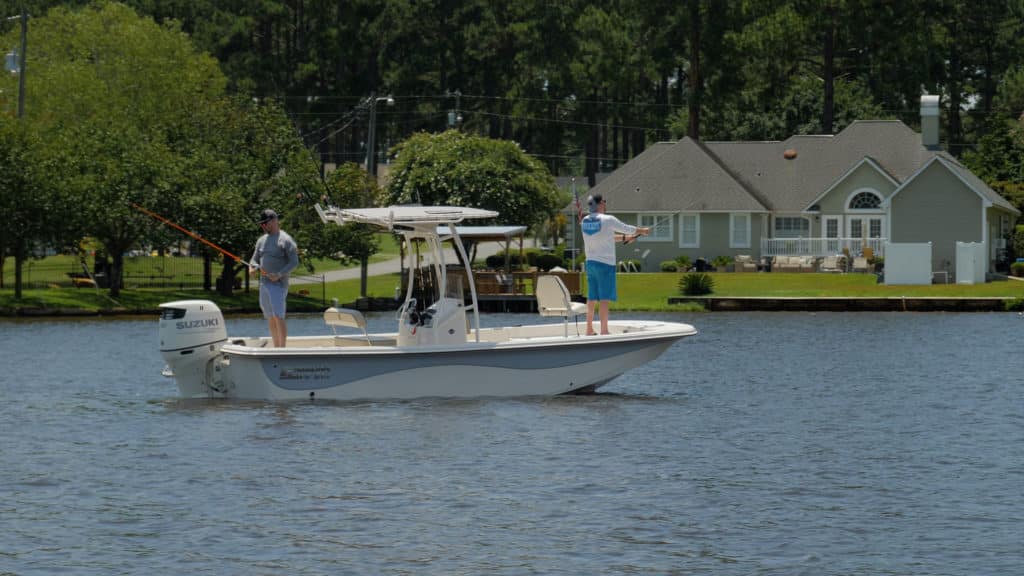
While nearly any boat can enjoy the primary waterways, the abundance of these shallow, skinny waters is the reason why so many who enjoy these regions turn to craft that can handle a wide variety of water conditions.
While deep-V hulls are great at busting through open-water chop, their draft often rules them out when the depth finder starts to register single digits. Flats boats and skiffs might be great in the shallows, but can offer a brutal ride in the rough. Many who enjoy the Intracoastal find that shallow-draft bay boats often strike the best balance. Boats like Carolina Skiff’s LS models combine the minimal draft necessary to work the flats or explore the shallows of the backcountry with enough V in the hull forward to slice through the considerable chop that often kicks up in channels or open bays. Outboard engines also have the ability to fully trim out of the water, further minimizing the depth required.
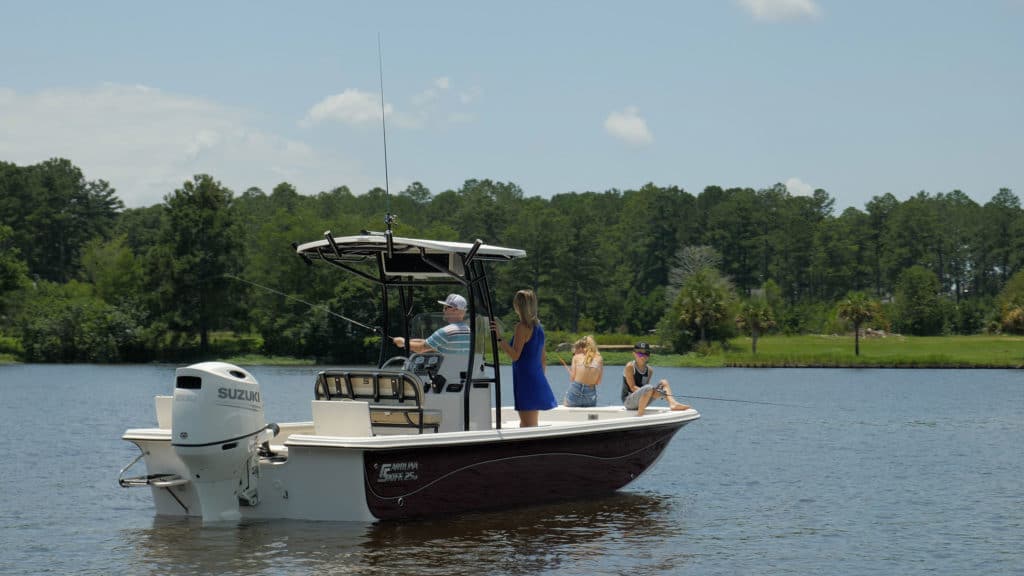
Another benefit? They’ve also got more freeboard than the typical skiff or flats boat, making them more appealing to the family buyer—and ready for those times you choose to venture outside the ICW’s protection.

